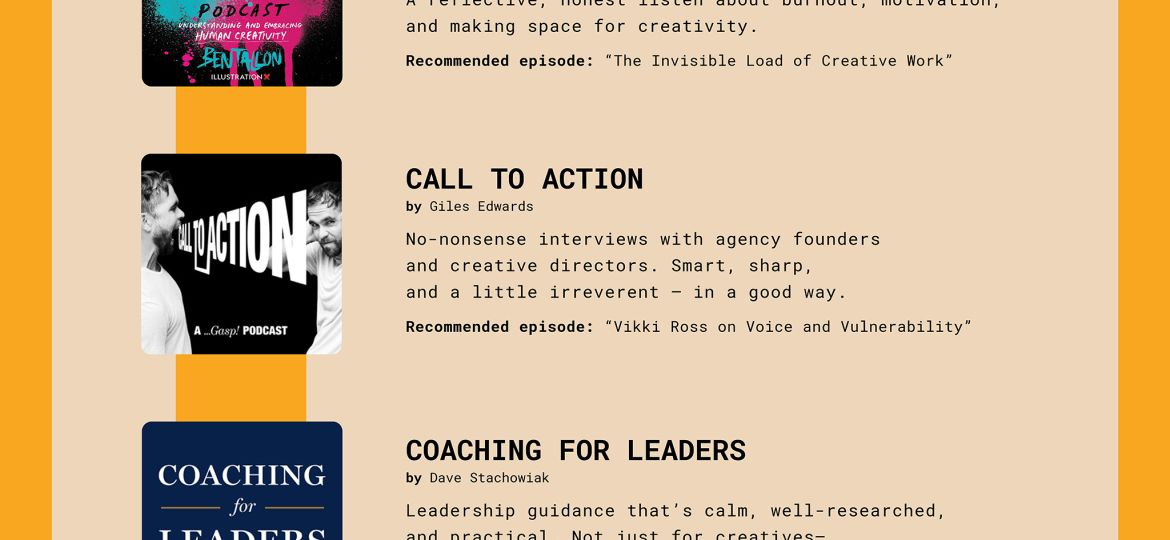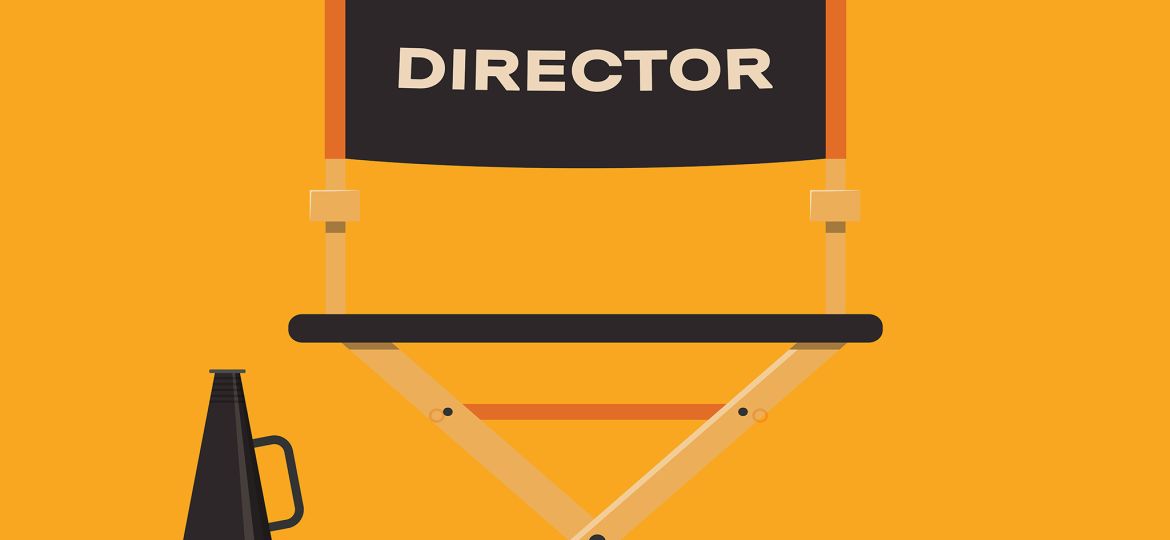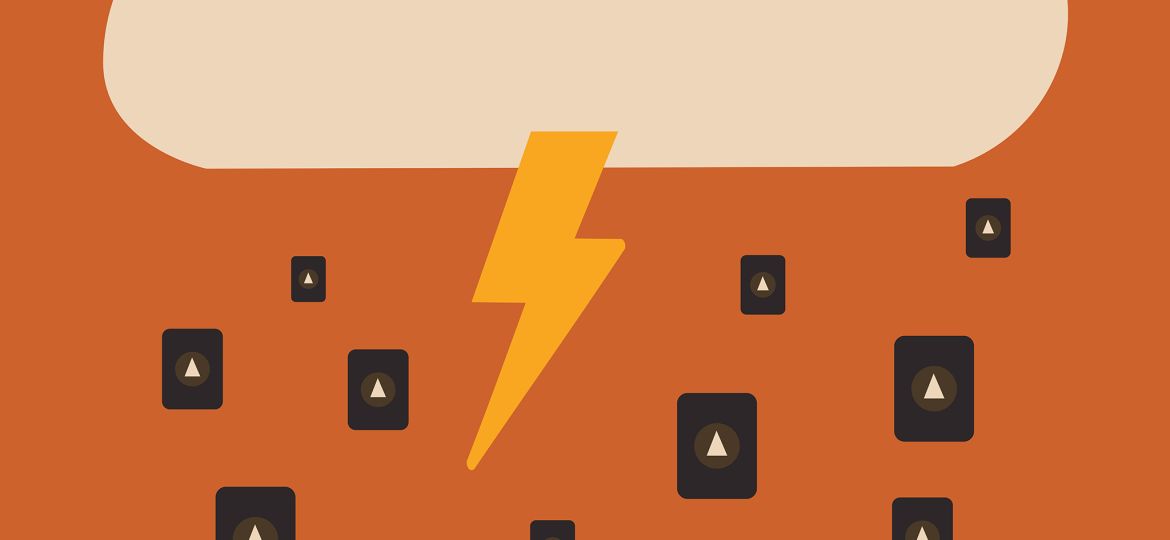AI is here. It’s not a trend, and it’s not going away. Understandably, many graphic designers feel uneasy about it— some even fear being replaced. But that fear, while human, doesn’t reflect the actual opportunity in front of us.
When used with intention, AI isn’t a threat to your creativity or income — it’s a tool. A very powerful one. One that can help you become more profitable, more focused, and better protected from burnout. Here’s how.
1. Automate the Work That Doesn’t Need Your Brain
There’s no glory in resizing 28 versions of a social media post. Or cleaning up a scanned logo. Or spending your best energy writing subject lines for emails. These tasks still matter — but they shouldn’t drain your time.
AI tools like:
- Runway and Adobe Firefly for quick asset generation and cleanup
- ChatGPT and Notion AI for writing project scopes, proposals, or client emails
- Remove.bg or Canva’s background remover for fast image prep
can reduce hours of repetitive work into minutes. That means you spend less time doing unpaid admin and more time designing — or resting.
2. Use AI to Strengthen Your Strategy Work
Clients already expect more than just beautiful design — they want design that solves problems. AI can help you meet that expectation.
Try using AI for:
- Initial brand research before discovery sessions
- Organizing client feedback into themes or action items
- Generating moodboards or tone words to explore brand voice
- Writing early drafts of messaging for concept presentations
This doesn’t mean outsourcing your judgment. It means giving yourself a head start. The final product is still yours — the process just gets smarter.
3. Raise Your Rates, Because You’re Delivering More
AI tools can make you faster — but that’s not a reason to charge less. If anything, your value goes up. You’re delivering results more efficiently and often with stronger insights. That’s worth more, not less.
Consider shifting your pricing model:
- Away from hourly rates, which penalize you for working efficiently
- Toward project-based pricing, value-based pricing, or retainers
- Or, add strategy packages that include AI-powered research
Clients don’t pay for your time. They pay for outcomes. AI helps you deliver better outcomes — so price accordingly.
4. Stay Informed, Not Overwhelmed
The AI landscape is evolving quickly, and that can feel like too much. You don’t need to be an expert in every tool. Instead, choose one or two that genuinely solve problems for you. Learn those well. Add more only if it makes sense.
A few smart habits:
- Subscribe to one AI newsletter made for creatives (e.g., NNGroup’s UX Insights, or Tools & Toys)
- Test one new AI tool per quarter
- Join small peer groups to share tips and tools
Keep your curiosity, but guard your focus. AI should serve your work — not distract from it.
5. Protect the Integrity of Your Voice
The most profitable designers are the ones with a point of view. AI won’t replace that — it can’t replicate taste, intuition, or ethical care. What it can do is speed up your output so that you can spend more time refining your thinking.
If you’re worried AI will homogenize the industry, the best antidote is to sharpen your voice. Stay critical. Stay intentional. Use AI to give yourself space to think more deeply — and to speak more clearly — about what matters in your work.
Profit isn’t just about money. It’s about sustainability, health, time, and the ability to grow without burning out. AI can help you get there — if you treat it like the assistant it is, not the threat it’s often made out to be.
You don’t need to become an AI expert. You just need to become a designer who isn’t afraid to use the tools that work.





